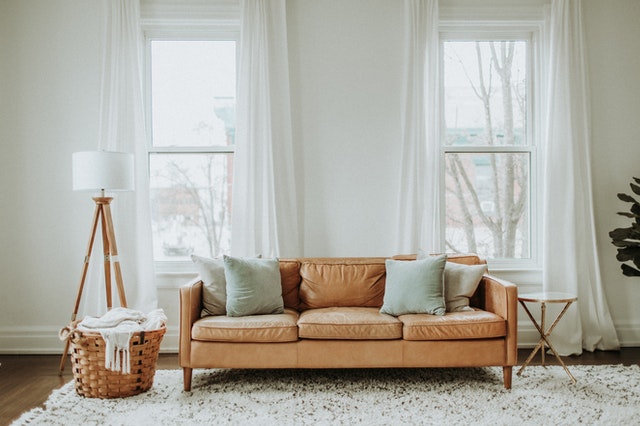
If you have recently de-cluttered your home or become aware of the wide-reaching benefits of living a minimalist lifestyle, you may have wondered how to create a minimalist home for yourself or your loved ones. It can, however, be impossible to know where to begin if you are accustomed to living amongst excess mess and clutter or are unfamiliar with what the basics of a minimalist home entails. If you are looking to make the switch from a maximalist to a minimalist home, continue reading.
De-clutter your home
In order to decide whether or not your home is suited to the minimalist lifestyle, you must first treat it to a much-needed de-clutter. This can allow you to determine which belongings are necessary for your long-term happiness and which are no longer wanted or needed. If you tend to stuff overflowing items in wardrobes, cupboards, and drawers, it may also benefit you to expand your de-cluttering efforts and free up some much-needed space in the process.
Replace your furniture
The fundamental goal of creating a minimalist home may be to remove furniture but by replacing existing furniture with suitable alternatives, you can transform the entire look and feel of your living space in a matter of minutes. To do so, take photos of your current living room layout and try to envision which pieces of furniture are likely to better suit the room. You may be able to gain inspiration from browsing pieces available from a renowned furniture manufacturer or seller, such as Japanese homeware brand KINTO, or by researching similar vision boards online.
Opt for simple pieces
When it comes to creating a minimalist home, the key is to keep things as simple as possible. If you feel as if your home is lacking originality or personality, however, opting for simple pieces, such as those available at Kinto, can be all it takes to show off your unique taste and style and inject an additional layer of flair into an otherwise plain home. They can serve as much-needed accents without ruining the entire vision you have for your home or getting carried away and going overboard.
Stick to subdued colours
A minimalist home does not necessarily need to be devoid of colour. If you feel as if your home is screaming out for a splash of colour, for example, sticking to subdued colours, such as blue, brown, and beige, can be a great way to do so. If a colour is likely to distract or immediately demand the attention of the eyes of any guests, it may not be a great idea. This can allow the focus to remain on larger key pieces and contribute to a sense of flow and organisation that is present throughout your home.
If you are interested in taking steps to create a minimalist home, there are several things you can do. This includes de-cluttering your home, replacing your furniture, opting for simple pieces, and sticking to subdued colours.
Leave a Reply